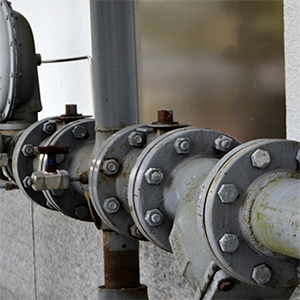Hydrochemical and isotopic characterization of a complex aquifer system

All claims expressed in this article are solely those of the authors and do not necessarily represent those of their affiliated organizations, or those of the publisher, the editors and the reviewers. Any product that may be evaluated in this article or claim that may be made by its manufacturer is not guaranteed or endorsed by the publisher.
Authors
A methodology was developed and applied to the Tindouf basin (south-western Algeria) to understand the hydrogeology of a complex aquifer system with a limited number of data, to identify the favorable areas for the design and building of new wells, and to know whether there is still current recharge of these aquifers. The principal components analysis (PCA), diagram of deuterium versus oxygen-18, and equilibrium diagrams Mg/Na and Ca/Na were the techniques used to combine different datasets in order to identify chemical and isotopic groups, which were in turn used to define the groundwater flow paths. In addition, on the basis of thermodynamic equilibrium, it is possible to define the chemical evolution of the Tindouf basin aquifer. The results of this study are consistent with the generally accepted hydrogeological conceptual model. The combination of the different methods made possible to define and and to characterise the main groundwater flow paths from their sources to the discharge zones. These flow paths are defined by water categories, which are represented by salinity and groundwater origin. This approach can be used to analyze aquifers characterized by a lack of data and can also be useful for studying other complex groundwater basins.
How to Cite

This work is licensed under a Creative Commons Attribution-NonCommercial 4.0 International License.
PAGEPress has chosen to apply the Creative Commons Attribution NonCommercial 4.0 International License (CC BY-NC 4.0) to all manuscripts to be published.














